Soybeans - rules and technology of growing
Legumes are highly valued in agriculture for their ability to enrich the soil with nitrogen. Many members of this vast family are peas, beans, peanut - often found in vegetable gardens, but the demand for growing soybeans among summer residents has not yet arisen. For most of them, this culture seems like a mysterious stranger, whose reputation has been significantly tarnished by its long-standing association with GMO foods. And yet its popularity is growing, and the breeding area is only expanding from year to year, covering almost the whole world.
The chemical composition of soybean fruits is very rich, they contain many healthy vegetable fats and proteins, vitamins, minerals, antioxidants. Therefore, they are actively used in food production. Soy milk, flour, meat, butter, sauce, tofu have become an important part of the modern human diet. The high nutritional value of the fruits of the plant allows them to feed farm animals.
Site requirements
Soy is a light-loving culture, therefore it is recommended to plant it in places open to the sun. With regard to the degree of soil fertility, it is not capricious and can grow even on sandy soil with a scarce supply of nutrients. But in this case, one should not expect a rich harvest from it. Well-fertilized light soils with a porous structure and a high content of sand or clay are ideal for soybeans. Water and air will easily pass through such soil to its roots. The culture develops best on black soil.
The main condition for the successful cultivation of soybeans is to provide it with a suitable level of soil acidity. Ideal for her is a soil with a neutral reaction, in extreme cases, slightly alkaline. In acidic, salty and swampy lands, it is not worth planting a culture. In such a soil, due to the difficulties in assimilating trace elements and minerals, the nutrition of plants will be inadequate, and the development of their root system will slow down. As a result, the crops will turn out to be frail and painful. Soybeans are very sensitive to excessive soil moisture: flooding that lasts for several days can completely ruin plantings. Therefore, only those places are suitable for it where groundwater is deep.
The plant will bring a high yield in areas where the following crops were previously planted:
- winter crops;
- spring;
- cereals;
- melons;
- corn;
- potatoes;
- sugar beet.
Sowing soybeans in one place is allowed 2-3 years in a row. Then the site must be changed to prevent the degeneration of the culture. The soil after growing sunflowers, cabbage, tomatoes, and other members of the legume family does not suit her. In such a soil, there is a high probability of sclerotinosis on young soybean shoots.
Soil preparation
Soy growing is a painstaking job. In order not to be disappointed in the culture and reap the desired harvest, it is important to properly prepare the soil for planting it. You will have to spend time and effort twice, since one spring soil treatment will not be enough. Autumn preparation of the site is more intensive and involves the sequential implementation of 3 activities.
- Peeling the soil. It affects the surface 8-10 cm soil layer.
- Plowing. Its depth depends on what kind of crop was grown in this place before soybeans. After maize, when plowing, they deepen by 30 cm.If earlier, cereals were planted on the site, 22-25 cm is enough.
- Fertilizer.
Peeling and plowing the soil helps to make it looser and more porous. Through such soil, the roots of the plant will be able to breathe freely. Also, both procedures help to clear the land of weeds.Experienced gardeners recommend using humus as a source of nutrients.
Advice
1-2 years before the planned planting of soybeans, the soil must be limed.
With the arrival of spring, it is time for the second pre-sowing treatment of the site. It is well harrowed. It is not necessary to go deep into the soil, it is enough to loosen its surface layer 4-6 cm thick. Depending on the characteristics of the soil, heavy, medium or lightweight harrows are used for the procedure.
Such minimal processing will allow to get rid of the already grown weeds, keep the moisture necessary for germination of soybean seeds in the ground and level the surface of the site to facilitate their planting. In addition, through the carefully loosened soil, soybean seedlings will hatch faster and be more friendly. Before harrowing, urea can be scattered over the surface of the plot at the rate of 20 g per 1 m². After completing the procedure, proceed to sowing.
Landing rules
Soybean growing technology is not complicated. They plant it with beans. For sowing, it is better to choose unmodified planting material obtained in domestic conditions. It is more adapted to the peculiarities of the country's climate. It is recommended to purchase crop seeds in shops that specialize in gardening goods.
Soybeans are planted in open ground usually at the end of April or in the first half of May, when the soil temperature reaches 10-15˚C. The beans will need a lot of moisture for germination, so it is important not to be late with the timing of the procedure so that the earth does not dry out. Otherwise, seedlings can not be expected. Seeds are laid out in grooves prepared in advance and poured with warm water. Their depth should be from 4 to 6 cm. On an industrial scale, seeders are used for planting soybeans.
The distance between plants in a row is made equal to 3-4 cm. For the full development of soybeans, a lot of space is required, but it must be borne in mind that not all seeds can sprout. After the sprouts hatch and grow a little stronger, the planting can be thinned out, leaving 5-10 cm between young shoots. When determining the distance between adjacent furrows, you need to take into account the peculiarities of the variety selected for planting. For early-ripening varieties of crops, an interval of 20-40 cm will be optimal. The row spacing for mid-season varieties of plants should be 30-60 cm. It is necessary to complete the planting with light rolling.
Soybean seeds are prepared for sowing. First they need to be treated with biological preparations containing nitrogen-fixing bacteria (inaculants). This will allow the plants to assimilate and accumulate more nitrogen on the roots, as well as fully provide them with this element for the entire growing season. There will be no difficulties with the acquisition of an inaculant. It is sold in specialized stores in various forms: liquid, gel, granules. 12 hours before sowing, soybean seeds are treated with Rizotorfin. It is recommended to do this indoors or in the shade. Direct sunlight should not fall on beans sprayed with a solution of the drug.
Weed control
Young shoots of soybeans develop slowly in the first 3-6 weeks after germination. Their main enemies at this time are cereal weeds. They clog the plantings, sucking nutrients and moisture from the soil and blocking the light from the seedlings. Therefore, a lot of effort when growing a crop will have to be spent on the constant fight against weeds. It is carried out by chemical methods and by hand. The first herbicide treatment (Roundup) in the fields is done 3 days after planting the beans. A month later, it is repeated.
Advice
To enhance the effect of the procedure, you need to moisten the soil well before carrying out it.
The use of chemicals is combined with mechanical treatment of the beds - harrowing. The time for the first comes 3-4 days after planting the beans in the ground.There is no need to fear for the safety of soybean seedlings, intensive loosening of the soil with the removal of weeds will only have a positive effect on them. It is worth considering only one nuance: it is impossible to harrow the site immediately after sowing.
When the soybean sprouts hatch from the soil and get a little stronger, the procedure is repeated twice more. The timing for her is determined by the appearance of the shoots. If they extended 15 cm in height and released 2 full leaves each, it's time to carry out the first harrowing. The second is done at the stage of forming the third sheet. If soybeans are sown in a small area, instead of harrowing, you can do with conventional loosening.
Additional chemical treatment is carried out when 5-7 leaves bloom on the shoots. The rows between plants are cultivated, each passing 2 times. For the entire growing season, 2-5 procedures are performed. Their timing is individual and depends on the speed and intensity of germination of weeds on the site.
Features of agricultural technology
Soybeans differ little from other garden plants in terms of the principles of care. When shoots appear, it is recommended to mulch the beds with organic fertilizers. Peat or well-rotted humus is suitable for this. It is permissible not to use mulch, but in this case you will have to regularly loosen the plantings with a hoe.
Frequent watering of soybeans is not needed, the culture easily tolerates drought. But during the period when the plants are picking up buds, blooming and forming ovaries, they need a lot of moisture. Its deficiency will hit yield hard. Therefore, almost all summer (from the second half of June to mid-August), plantings are periodically watered abundantly. In total, 4-5 procedures are carried out, consuming 5-6 liters of water per 1 m² of surface. During the flowering period, planting should be fertilized with mullein infusion (in a ratio of 1:10).
Soybean seedlings are not afraid of a short-term temperature drop to -2-3˚C. But when they grow up a little, sharp cold snaps will have a detrimental effect on the shoots. Exposure to even mild frost (in the region of -0.5˚C) will damage the soybean flowers. Its ovaries may fall off or be empty. Hot days, when the air heats above 30˚C, and cool days, when its temperature is kept in the region of 10-14˚C, also badly affect the harvest. In the fall, when soybeans are in the ripening stage, they are not afraid of small frosts again. Cultivation of culture in summer cottages in the regions of the middle lane will require close monitoring of the weather forecast. With the threat of sudden temperature fluctuations, landings need protection. For this period, they need to be covered with a film or special material.
Soybeans are harvested at the end of September. By this time, its shoots should shed yellowed dry leaves, and their seeds begin to easily separate from the walls of the fruit. There is no need to pull plants out of the ground. It would be more correct to cut off their upper part at the level of the soil surface, leaving the roots in the ground. They form nodules containing microorganisms that absorb nitrogen from the atmosphere and saturate the soil with it. The cut soybean stalks are tied in bunches and hung to dry in the attic, shed or balcony. After a month they can be threshed. The beans are poured into canvas bags. They keep well in any dry place.
Soybeans, which have been bred by mankind for thousands of years, is a unique crop. Many people have an ambiguous attitude towards it, but all genetic experiments with a plant do not negate its natural advantages. Soy beans are very nutritious and rich in healthy protein. They can easily replace many products necessary for the full functioning of the human body.
Although growing soybeans has its own characteristics, this process cannot be called particularly difficult. It is only necessary to observe the technology of its cultivation, already tested by experience, and it will certainly bring a crop. Planting crops on the site will help make the soil more fertile. Soybeans will be the ideal precursor for most garden plants. Try to sow it in the country and see for yourself!
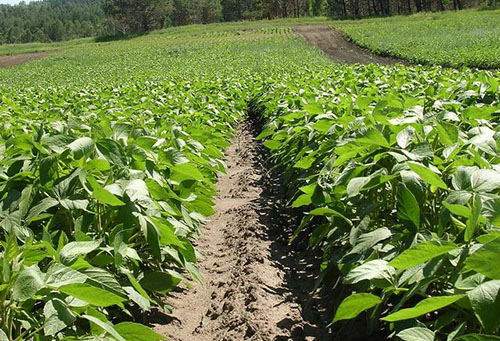
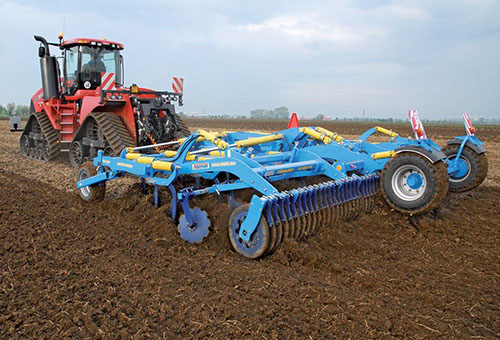
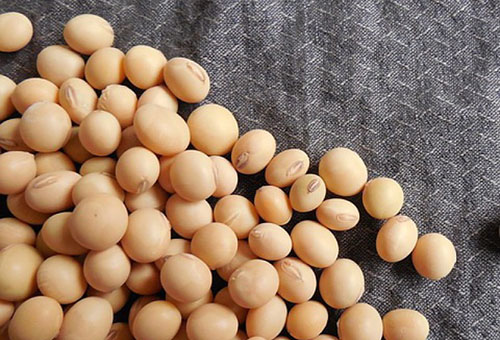
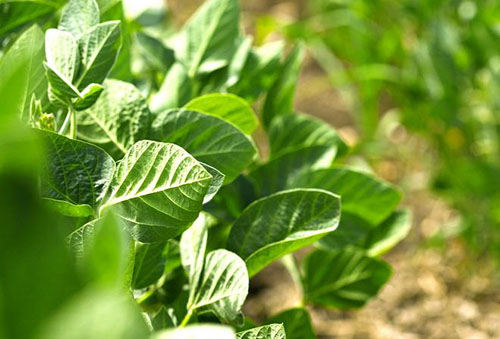
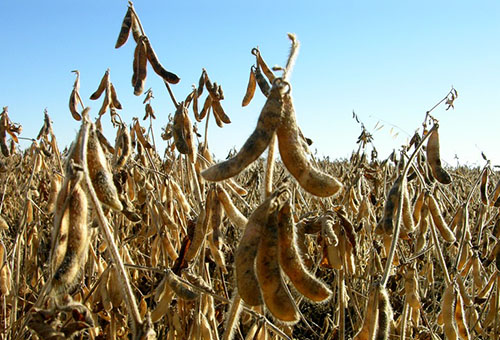
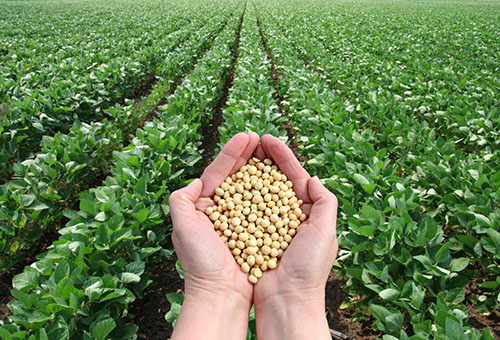

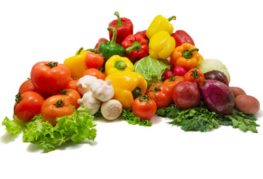
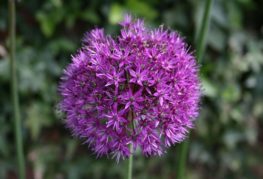
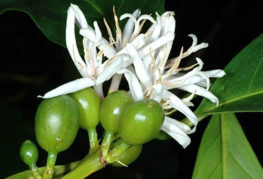
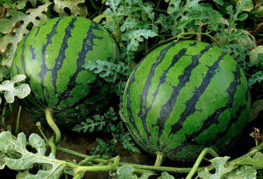

and will be published shortly.